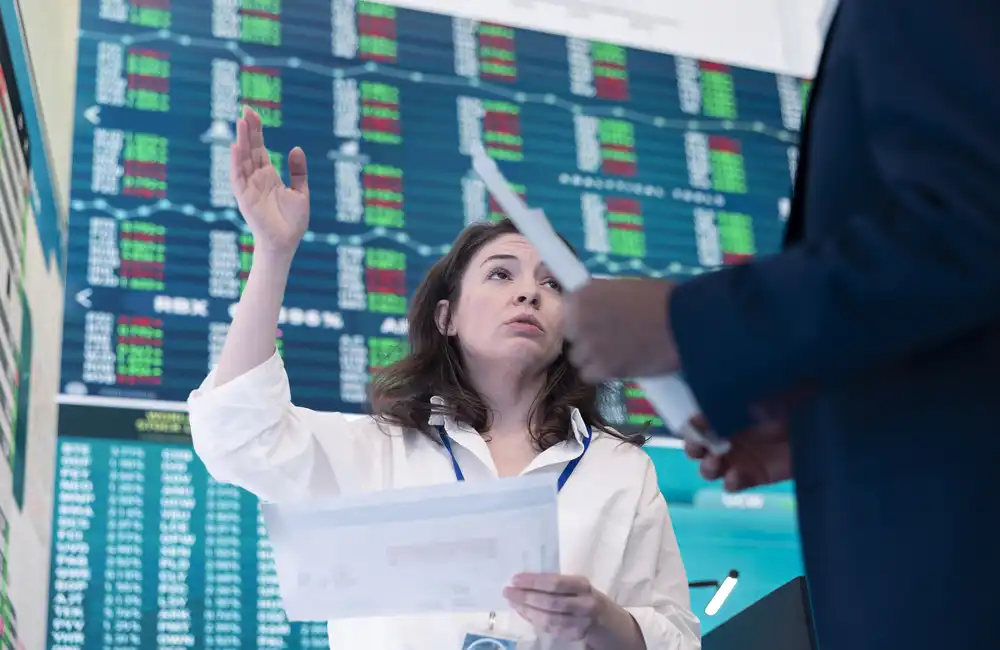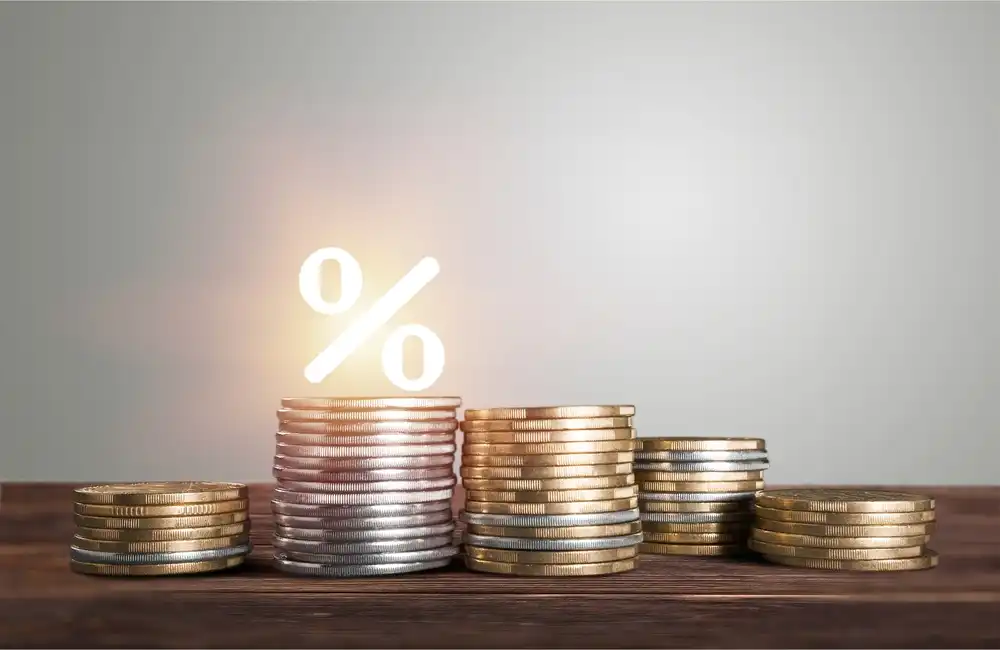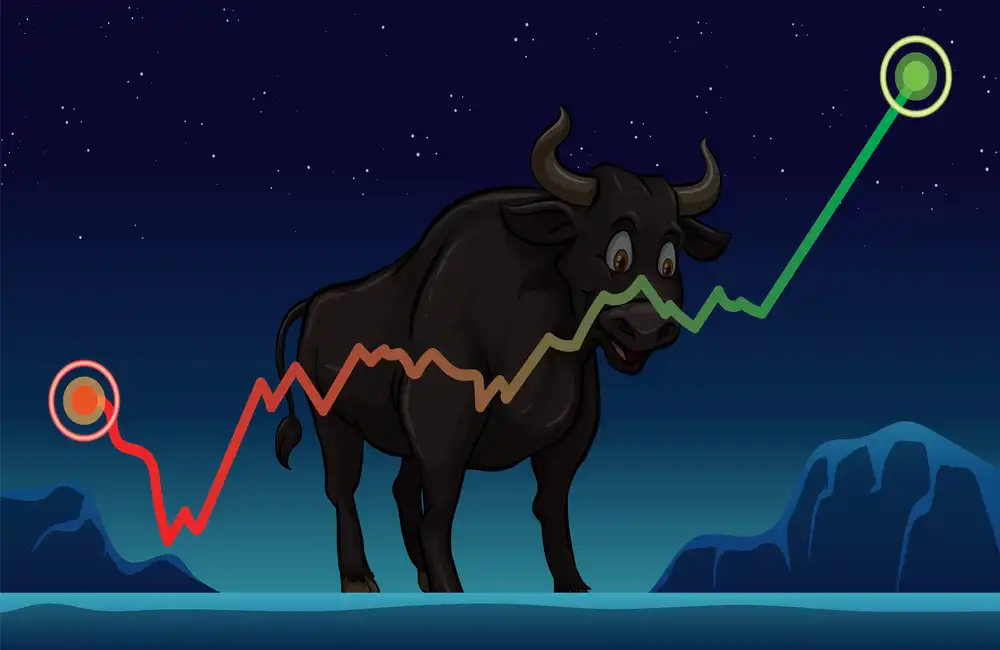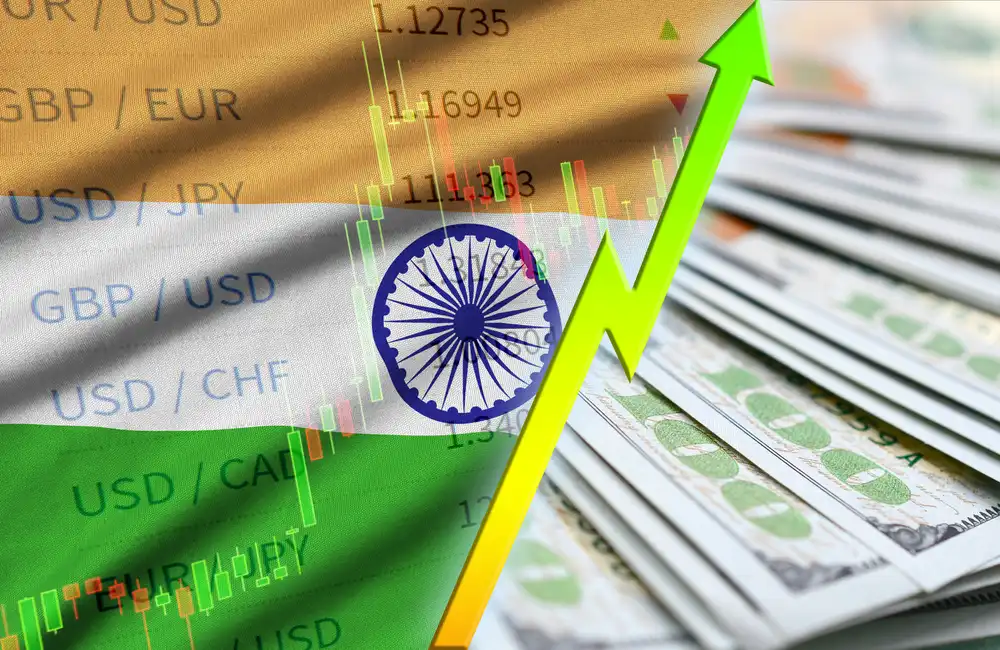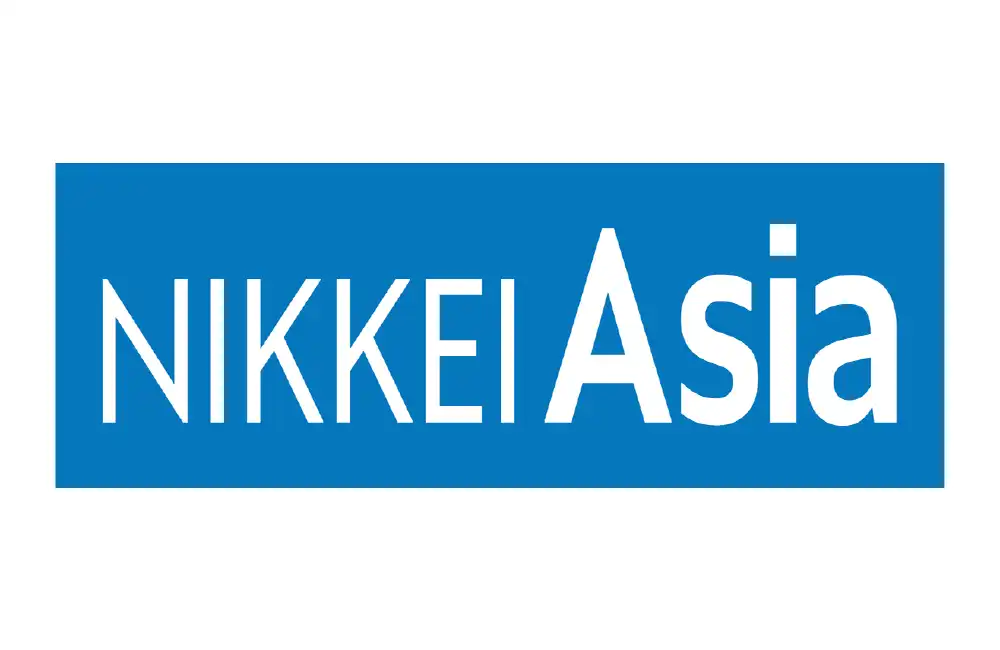The huge credit crunch now forecasted for economies around the globe will not spare the mine finance sector and can only compel ever more aggressive gold accumulation by central banks as some currencies plunge, Ralph B. Aldis, head of an investment service focused on precious metals, told the Global Mining Finance Conference in London June 7.
Insurance availability is increasingly limited for miners, an insurer said.
With much of the bank credit and money in circulation yet to contract—“up to nine-tenths of it,” according to experts such as Jamie Dimon, CEO of JPMorgan Chase—raising capital is expected to be especially difficult for mining companies, Alisdair Macleod, head of research at Goldmoney, told conference delegates.
As the pricing of money rises to bring inflation under control, riskier projects like mine exploration will struggle to secure funding at standard rates. Instead, capital is more likely to be allocated to existing operational or productive assets to support broader economic stability, he said.
“We are heading into, on the other side of this, a massive, massive credit crisis,” Macleod warned.
Ahead of Wall Street’s new wave of projects
All fiat currencies—government-issued money not backed by physical commodities like gold—have been losing real value since 2010, Macleod argued. Meanwhile, gold, as the only metal used or measured as a substitute for money, has maintained relatively stable value in real terms since 1950.
At 1745 BST, the London Bullion Market Association gold price was $1,852.15/oz. Gold peaked at $2,039.05/oz on March 8, shortly after Russia’s invasion of Ukraine, rising from a low of $1,788.15/oz on January 28.
According to Macleod, the real volatility being observed isn’t in the commodities themselves, but in the fiat currencies used to price them.
“We’ve entered a new age of commodity-backed currencies and the death of Western fiat [currencies]; first the Japanese yen, then the euro and the US dollar,” Macleod said.
This has prompted central banks, particularly in Russia and China, to increase their gold reserves, Macleod added. A growing list of governments is also stockpiling strategic and critical metals such as rare earths and lithium to meet climate and energy transition goals.
Worry over exploration budgets
Concerns about exploration budgets persist. While global nonferrous exploration budgets surged 35% to $11.24 billion in 2021, that total remains below 2013 levels, according to an April report from S&P Global Market Intelligence.
“If metal prices stay high in the coming months, the recovery in exploration budgets in 2022 will likely be strong too, likely in the 15%-20% range,” said Robin Bhar, an independent consultant at Robin Bhar Metals Consulting, at a commodities forum in Paris last month. “But a global recession or a pronounced slowdown in growth will hinder a continuing recovery.”
That could further challenge availability of key energy transition minerals such as lithium, graphite, rare earths, copper, cobalt, and nickel, Bhar said.
Insurance restrictions
Mine project insurance rates have become especially steep for miners, according to Charles Emkes, management liability specialist at London-based insurance broker Protean Risk.
“There is [now] less insurance available to miners on the market: Supply and demand can be more expensive, the ESG side has compounded that,” Emkes told MINING.COM at the Global Mining Finance conference.
These concerns coincided with the June 7 release of a new World Bank Global Economic Prospects report.
“In addition to the damage already inflicted by COVID-19, the Russian invasion of Ukraine has amplified the slowdown in the world economy, which is now in the throes of what could be a protracted period of weak growth and high inflation,” the World Bank said.
Developers of other mine projects who spoke at the Mining Finance conference, including representatives from CleanTech Lithium and rare earths developer Pensana PLC, also shared their hopes of securing financial support via strategic partners and offtake agreements with OEMs, end-users, or traders to help bring their projects to life.



